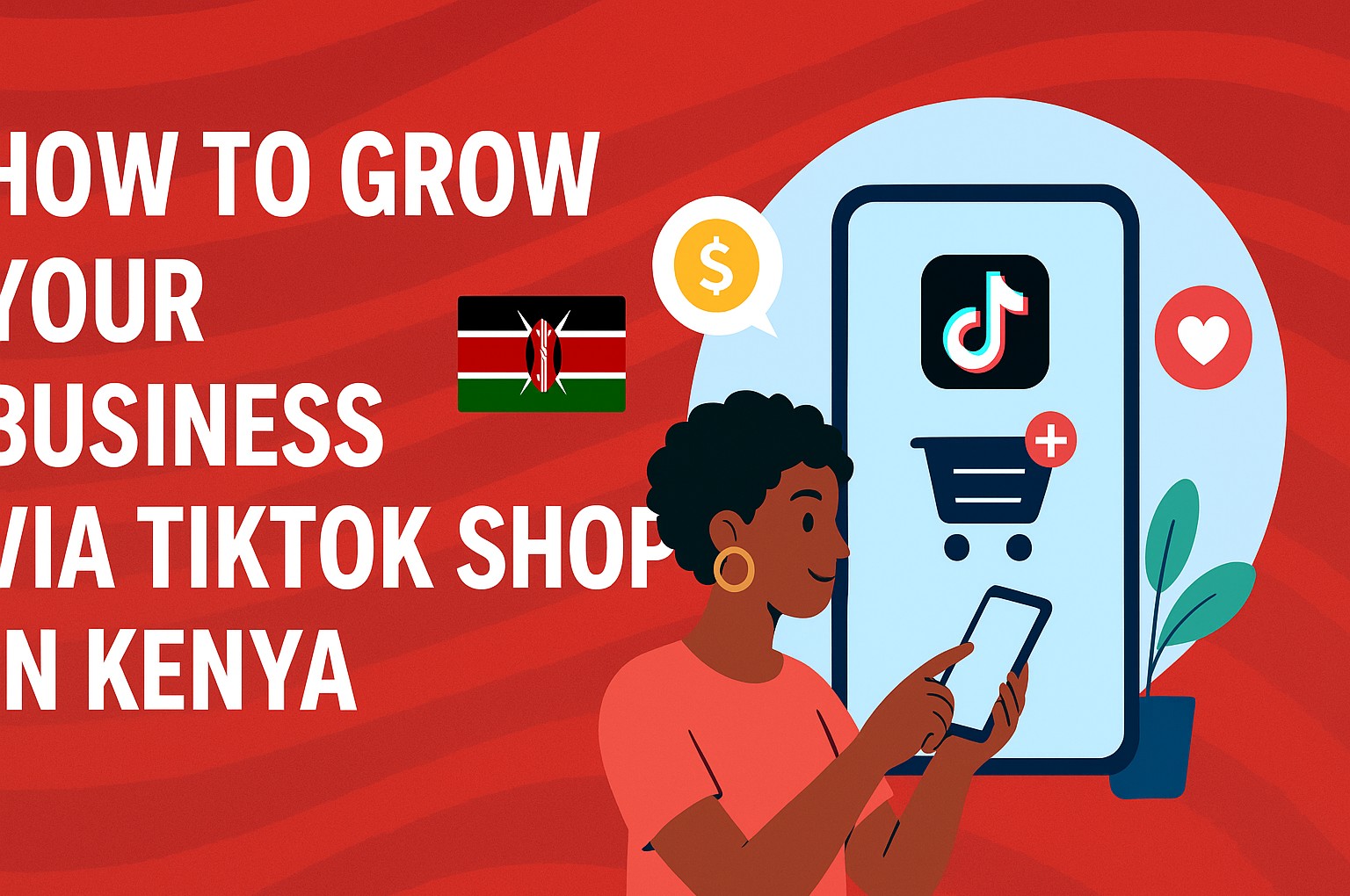

Titus Morebu
Author
Best Money-Saving Strategies for Kenyan Small Business Owners
Practical and actionable tips for small business owners in Kenya to cut costs, boost profits, and build resilience in 2025.
Running a small business in Kenya is rewarding—but it also comes with financial pressure. From rising rents to supply chain headaches and unpredictable demand, the difference between profit and loss can hinge on how well you manage costs. Below is a modern, practical guide to **saving money as a small business owner in Kenya**—with tactics that are realistic, scalable, and suited to Kenya’s context. 💡
Why Cost Control Matters for SMEs in Kenya
- Cash flow is king: A few stray shillings lost in waste or inefficiency can expose your business to risk.
- Margin thinning in competitive markets: Consumers are price sensitive, and many sectors (retail, services) see tight margins.
- Resilience in shocks: Whether due to inflation, supply shocks, or regulatory changes, a lean operation weathers stress better.
Core Principles to Save Money Wisely
Before diving into specific tactics, root your strategy around these principles:
- Value over cost-cutting: Cut waste, not effectiveness. Don’t slash marketing or quality in a way that alienates customers.
- Measure everything: Set up simple tracking (spreadsheets or basic accounting software) for every expense line.
- Incremental improvements: Big leaps can backfire. Start with small gains that stack up.
- Focus on scalable savings: Some cost reductions scale as you grow (e.g., negotiating with a supplier) rather than one-off cuts.
Practical Tactics to Reduce Costs
1. Negotiate Better Supplier Terms
- Bulk discounts or early payment discounts: If cash allows, ask for 2–5% off for paying within shorter timelines.
- Consolidate orders: Combine multiple purchases into one delivery to save on transport or logistics fees.
- Local sourcing: Where quality allows, source from local suppliers to cut shipping, import duty, or foreign exchange costs.
- Long-term contracts: Secure favorable fixed pricing over a 6-12 month window if suppliers permit.
2. Optimize Overheads and Operating Expenses
- Rent and space usage: If you have unused corner, sublet part or shrink the space. Negotiate rent with landlords (especially during lean seasons).
- Energy efficiency: Use LED lighting, invest in solar where possible, schedule heavy machines during off-peak hours.
- Telecommunications & Internet: Compare plans monthly. Use bundles or business packages to reduce per-unit cost.
- Remote or hybrid work: If part of your operations (accounting, content, marketing) can be remote, reduce office footprint.
3. Automate and Streamline Processes
- Use digital invoicing and payments: Tools like mobile money (M-Pesa), mobile banking, or free invoicing tools save paper, time, and reconciliation cost.
- Automated inventory alerts: Avoid overstocking or stock-outs by using simple tools that notify reorder points.
- Task automation: Use basic workflow tools (e.g. calendar reminders, email templates, WhatsApp Business templates) to reduce repetitive labor.
- Outsource non-core tasks: Rather than hire full-time for design, bookkeeping, or admin, use freelancers or agencies during peak times.
4. Control Labor Costs Smartly
- Right-size staffing: Ensure each role is essential, cross-skill employees so there’s flexibility, and avoid overstaffing in slow periods.
- Performance-linked incentives: Instead of blanket raises, tie bonuses to sales or productivity improvements.
- Use interns or contractors: For short-term projects, lean on qualified interns or contract workers rather than permanent headcount.
5. Marketing and Customer Acquisition on a Budget
- Content & organic reach: Produce educational content (blogs, short videos) that attract customers without paying ad costs.
- Referral or loyalty programs: Reward customers who refer others; often cheaper than cold advertising.
- Partnerships & cross-promotion: Team with businesses in adjacent niches to share customer pools or run joint promos.
- Data-driven ads: Run small, targeted ad spends and closely monitor ROI. Scale what works; cut what doesn’t.
6. Financial Discipline and Cash Flow Strategies
- Set aside a buffer: Maintain a working capital reserve equivalent to at least one month of operating expenses.
- Automate savings: Every inflow triggers a small fixed transfer (e.g., 5-10 %) to a reserve account or digital wallet.
- Avoid high-interest credit: Use credit sparingly; if possible, use short-term lines with low interest rather than long-term burdensome loans.
- Strict credit checks for clients: If you extend credit, evaluate customer reliability, require small advances, enforce clear payment terms.
7. Monitor, Review & Iterate Monthly
- Monthly cost audits: Review each cost center and ask “Is this necessary? Can it be smaller or replaced?”
- Benchmarking: Compare your cost ratios (rent to revenue, payroll to revenue) with industry norms in Kenya.
- Feedback loops: Ask staff who are “in the weeds” — they may spot duplication or waste you don’t see.
- Continuous improvement: Every quarter, pick one cost line to target a 5–10 % reduction and monitor results.
Special Considerations for Kenya’s Business Environment
Because Kenya has unique market dynamics, here are some localized tactics worth noting:
- Leverage mobile money & fintech tools: The Kenyan market is rich in mobile finance solutions. Use M-Pesa, KCB M-Pesa, and digital banking to reduce transaction fees and cash handling waste.
- Tax incentives & NHIF/SS contributions: Stay updated on Kenyan tax law, incentives for startups, and ensure you’re not overpaying on statutory contributions.
- Government programs & SME support: Participate in government grants, innovation funds, or training programs that subsidize costs for small businesses.
- Electricity and fuel subsidies: In rural or peri-urban areas, check eligibility for subsidies or programs that reduce utility burdens.
- Use local learning networks: Join Kenyan business fora or associations to swap cost-saving ideas and group-negotiation power.
How to Prioritize Which Savings to Pursue
Not all cost cuts are equal. Use this triage method:
- High-impact, low effort: e.g. switching internet provider, renegotiating rent, cutting waste in materials.
- Medium-impact, moderate effort: e.g. process automation, labor rebalancing, outsourcing non-core work.
- Low-impact or high-risk cuts: e.g. drastic marketing cuts or cutting core product quality—do these only after testing carefully.
Common Mistakes to Avoid
- Blind across-the-board cuts—especially in marketing or quality, which may harm growth.
- Ignoring inflation and currency effects—adjust your assumptions frequently in Kenya’s volatile environment.
- Failing to document or track reductions—without measurement, you can’t tell what’s working.
- Neglecting staff morale—don’t overburden your team in pursuit of “savings.”
Conclusion
Saving money isn’t about starving your business—it’s about optimizing and doing more with less. For Kenyan small business owners, the path to stronger profits lies in negotiating smarter, streamlining operations, embracing technology, and maintaining financial discipline. Start small, track results, and build a culture of continuous improvement. Over time, those shillings saved can transform your business’s resilience, profitability, and growth potential. 🚀
Tip: Review your cost structure every 3 months and commit to testing one new cost-saving tactic each period.
Gallery

Related Articles
3 articles
How to Become a Supplier to Supermarkets in Kenya – A Step-by-Step Guide 🌟
Learn how to register, pitch, and win supply contracts with Kenyan supermarkets. Step-by-step process, tips, and legal requirements — your roadmap to success.

How to Grow Your Business via TikTok Shop in Kenya 🚀
Unlock TikTok Shop Kenya strategies to boost sales, visibility and customer trust with proven tactics for 2025 success.

How to Launch a Printing & Branding Business in Kenya (2025 Edition)
Turn your creative vision into profit: a practical, up-to-date guide to starting a printing & branding business in Kenya with minimal risk.